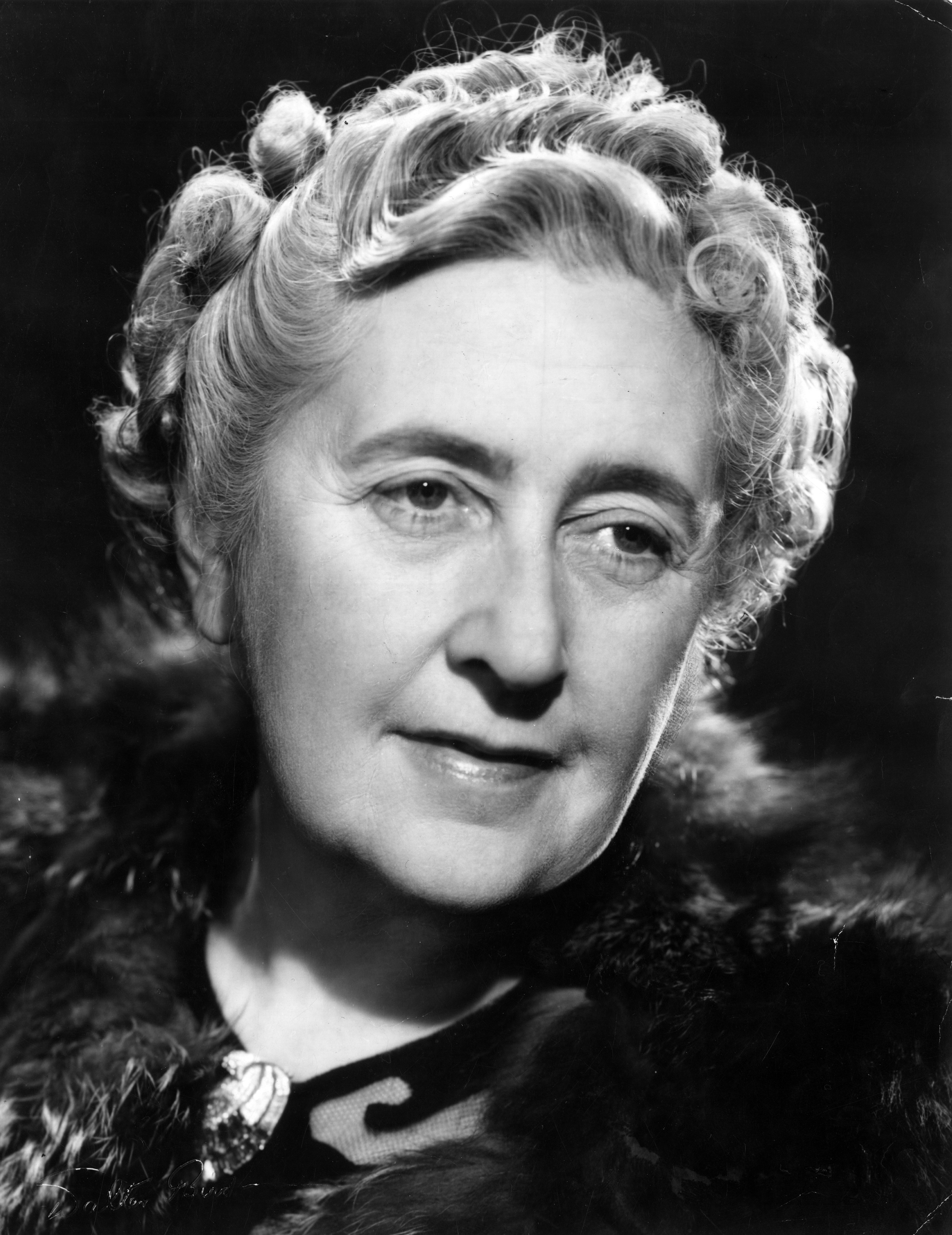
We often attribute being rich to being smart. This is not to say that the rich are not smart. The likes of Bill Gates, Warren Buffett and NR Narayana Murthy, are exceptionally smart people. But not all rich are smart. Many rich are rich because of inheritance, or by being at the right place at the right time, or by simply being cronies to politicians.
Take what Gurcharan Das writes in about family owned businesses in his book India Unbound. As he writes: “Pulin Garg, the thoughtful professor at the Indian Institute of Management, Ahmedabad…used to say, “Haweli ki umar saatth saal [The life of a family owned business is sixty years].””
What does this tell us? It tells us that a family owned business typically lasts around 60 years or by the time the third generation takes over. By the time the third generation takes over, the family owned business starts to disintegrate due to various reasons.
As Das writes: “Thomas Mann expressed…in Buddenbrooks, arguably the finest book ever written about family business. It describes the saga of three generations: in the first generation the scruffy and astute patriarch works hard and makes money. Born into money, the second generation does not want more money. It wants power…Born into money and power, the third generation dedicates itself to art. So the aesthetic but physically weak grandson plays music. There is no one to look after the business and it is the end of the…family.” And then the family is no longer as rich as it used to be.
If the logic of, if you are smart, why aren’t you rich, was correct all the time, this would never have turned out to be the case. The rich would continue to be rich.
This basically explains why all rich people are not smart. But what about smart people being rich? Or to put it more specifically why aren’t all smart people rich?
Let’s take the example of Thales of Miletus, a Greek Philosopher, acknowledged as the father of Greek philosophy, by no one less than Aristotle himself. This is a point made by Mihir A Desai in his book The Wisdom of Finance—Discovering Humanity in the World of Risk and Return.
Miletus lived between 624BC and 546BC in what is modern day Turkey. He was also one of the seven sages of Greece. Other than being hailed as the father of Greek philosophy, he is also hailed as the first Greek mathematician, having been born before other such luminaries like Pythagoras and Euclid.
As Desai writes: “Thales earned his position… by pioneering the use of natural, instead of supernatural, explanations for phenomena, advocating hypothesis-driven thinking, and even managing to predict solar eclipses with the crudest of instruments.”
But Thales was poor and was taunted for the uselessness of his philosophy. He was basically being asked the question that I have raised above: “If you are smart, why aren’t you rich?”
Thales decided to redress this impression.
As Desai writes: “Thales decided to capitalize on his ability to forecast a good olive harvest. “He raised a small sum of money and paid round deposits of the olive-presses in Miletus and Chios, which he hired at a low rent as nobody was running him up; and when the reason arrived, there was a sudden demand for a number of presses at the same time, and by letting them out on what terms he liked he realised a large sum of money.”
Basically, Thales hired olive presses when there was no demand for them and let them out at a high price when there was a good demand for them. In the process, he essentially demonstrated that “it is easy for philosophers to be rich if they choose, but this is not what they care about.”
At a more generalised level, smart people can be rich if they want to and put their heart and soul to it, but that is not something that they care about.
The column originally appeared in the Bangalore Mirror on September 6, 2017.



